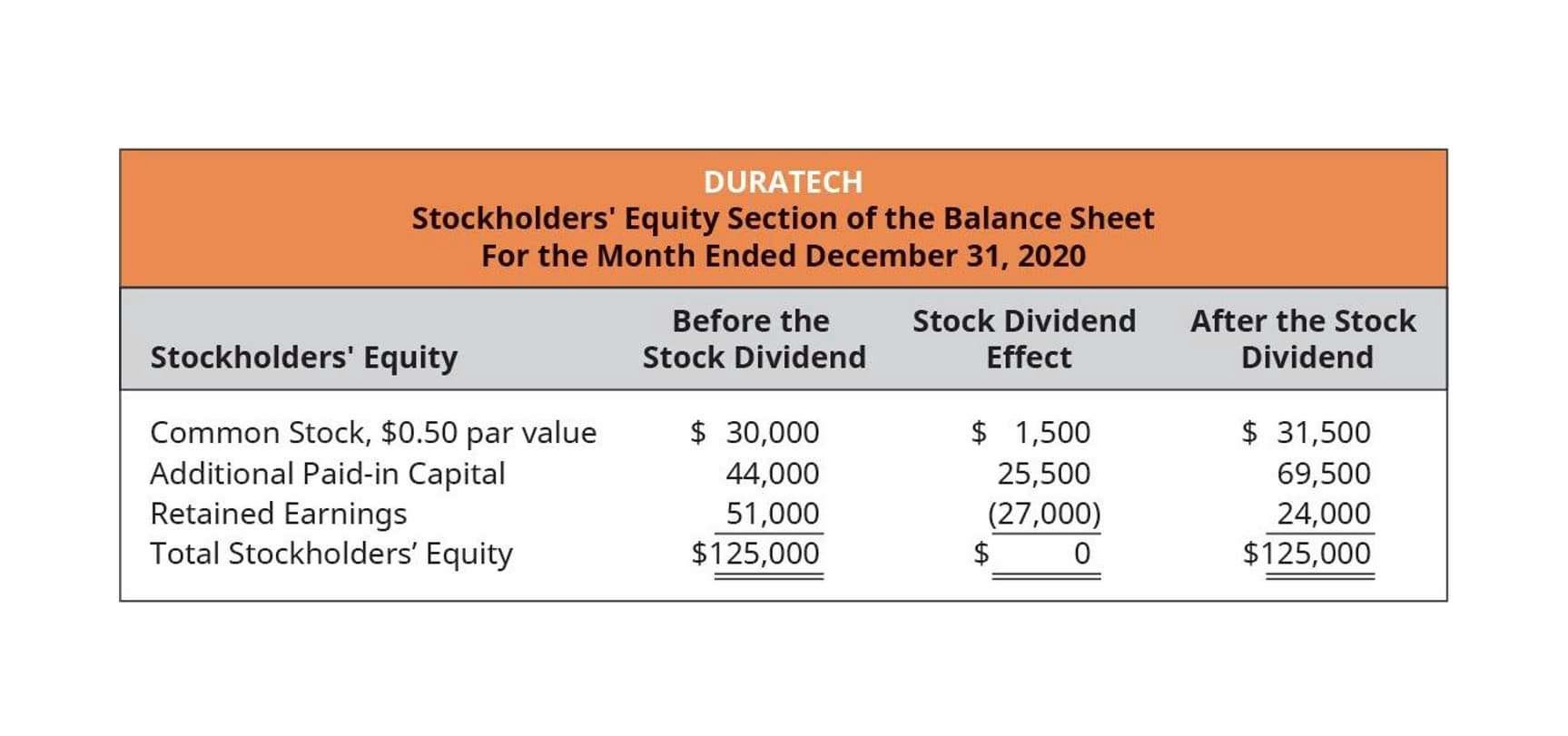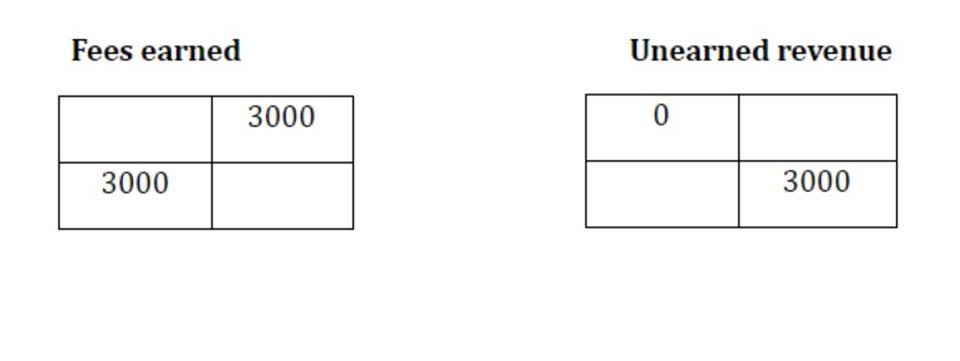Content

My Accounting Course is a world-class educational resource developed by experts to simplify accounting, finance, & investment analysis topics, so students and professionals can learn and propel their careers. Are you looking for the latest trends and insights to fuel your business strategy? Adam Hayes, Ph.D., CFA, is a financial writer with 15+ years Wall Street experience as a derivatives trader. Besides his extensive derivative trading expertise, Adam is an expert in economics and behavioral finance. Adam received his master’s in economics from The New School for Social Research and his Ph.D. from the University of Wisconsin-Madison in sociology.

Current liabilities are all the debts and expenses the company expects to pay within a year or one business cycle, whichever is less. This typically includes the normal costs of running the business such as rent, utilities, materials and supplies; interest or principal payments on debt; accounts payable; accrued liabilities; and accrued income taxes. This current ratio is classed with several other financial metrics known as liquidity ratios. These ratios all assess the operations of a company in terms of how financially solid the company is in relation to its outstanding debt. Knowing the current ratio is vital in decision-making for investors, creditors, and suppliers of a company.
How Does a Company Calculate Working Capital?
Working capital is calculated simply by subtracting current liabilities from current assets. The current ratio, also known as the working capital ratio, provides a quick view of a company’s financial health. Both of these current accounts are stated separately from their respective long-term accounts on the balance sheet. This presentation gives investors and creditors more information to analyze about the company. Current assets and liabilities are always stated first on financial statements and then followed by long-term assets and liabilities. Current liabilities are best paid with current assets like cash, cash equivalents, and marketable securities because these assets can be converted into cash much quicker than fixed assets.

The current ratio formula (below) can be used to easily measure a company’s liquidity. Working capital is the funds a business needs to support its short-term operating activities. “Short-term” is considered to be any assets that are to be liquidated within one year, or liabilities to be settled within one year. The short-term nature of working capital differentiates it from longer-term investments in fixed assets.
GL Accounts: What Are They and How Do They Work in Double-Entry Accounting
To gauge just how efficient a company is at using its working capital, analysts also compare working capital ratios to those of other companies in the same industry and look at how the ratio has been changing over time. However, such comparisons are meaningless when working capital turns negative because the working capital turnover ratio then also turns negative. That equation is actually used to determine working capital, not the net working capital ratio.

That happens when an asset’s price is below its original cost, and others are not salvageable. Below is a break down of subject weightings in the FMVA® financial analyst program. As you can see there is a heavy focus on financial modeling, finance, Excel, business valuation, budgeting/forecasting, PowerPoint presentations, accounting and business strategy. Below is a video explanation of how to calculate the current ratio and why it matters when performing an analysis of financial statements. The company can avoid taking on debt when unnecessary or expensive, and the company can strive to get the best credit terms available.
Current Ratio Formula – What are Current Assets?
Generally speaking, an asset is anything of financial value that your company owns. However, for an asset to be considered current or liquid, it must be something that can be easily and quickly exchanged for cash in the short term. Current liabilities are the amount of money a company owes, such as accounts payable, short-term loans, and accrued expenses, that are due for payment within a year. Therefore, at the end of 2021, Microsoft’s working capital metric was $96.7 billion. If Microsoft were to liquidate all short-term assets and extinguish all short-term debts, it would have almost $100 billion of cash remaining on hand.
- The net working capital ratio, meanwhile, is a comparison of the two terms and involves dividing them.
- That equation is actually used to determine working capital, not the net working capital ratio.
- Even if a company has a lot invested in fixed assets, it will face financial and operating challenges if liabilities are due.
- This presentation gives investors and creditors more information to analyze about the company.
- It indicates the financial health of a company and how it can maximize the liquidity of its current assets to settle debt and payables.
- The working capital formula subtracts what a business owes from what it has to measure available funds for operations and growth.
Working capital is defined as the difference between the reported totals for current assets and current liabilities, which are stated in an organization’s balance sheet. Current assets include working ratio formula cash, short-term investments, trade receivables, and inventory. Current liabilities include trade payables, accrued liabilities, taxes payable, and the current portion of long-term debt.
Negative working capital, on the other hand, means that the business doesn’t have enough liquid assets to meet it current or short-term obligations. If the business does not have enough cash to pay the bills as they become due, it will have to borrow more money, which will in turn increase its short-term obligations. Another important benefit of understanding your working capital is that it’s often used as a measure of a company’s financial health and creditworthiness. Lenders, investors, and suppliers look at a company’s working capital to assess its ability to meet financial obligations.
Both companies have a working capital (assets – liabilities) of $500,000, but Company A has a working capital ratio of 2, whereas Company B has a ratio of 1.1. Calculating your working capital is a quick way to gain an overview of your business’ cash flow. It’s important to look not at just at the numbers, but to examine the reason behind the numbers, and to analyze whether it’s from a short-term or long-term event, or just due to what’s most efficient for your type of business.
The desirable situation for the business is to be able to pay its current liabilities with its current assets without having to raise new financing. The working capital ratio shows the ratio of assets to liabilities, i.e. how many times a company can pay off its current liabilities with its current assets. Operating working capital, also known as OWC, helps you to understand the liquidity in your business. While net working capital looks at all the assets in your business minus liabilities, operating working capital looks at all assets minus cash, securities, and short-term, non-interest debts.
- Before this happens to your business, there are steps you can take to increase working capital.
- Working capital is the funds a business needs to support its short-term operating activities.
- Tracking it is key since you need to know that you have enough cash at your fingertips to cover your costs and drive your business forwards.
- If this company’s liabilities exceeded their assets, the working capital would be negative and therefore lack short-term liquidity for now.
